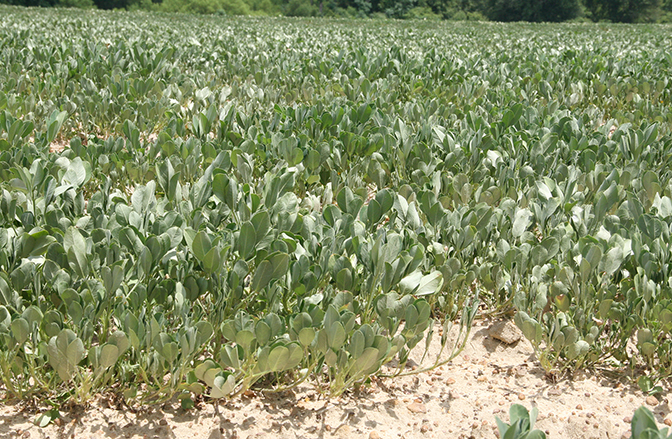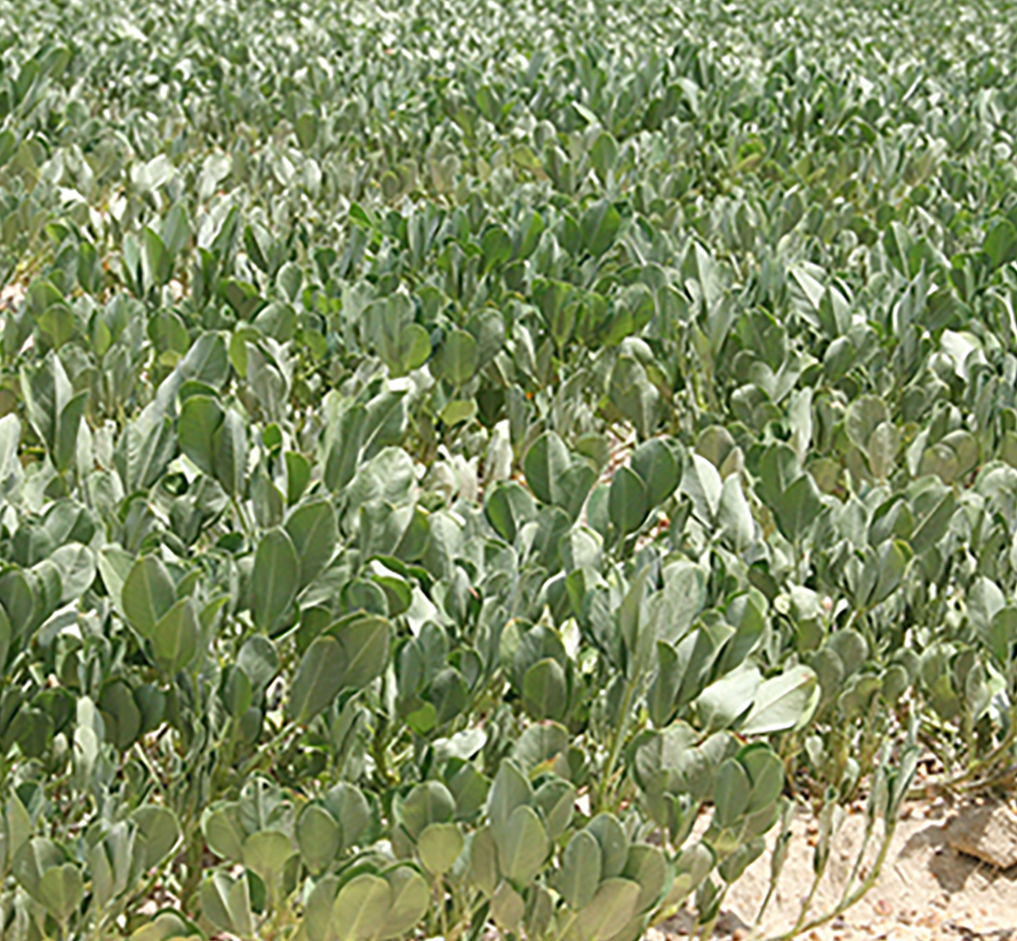Until more rain falls on Georgia’s parched dryland peanut crop, the University of Georgia peanut agronomist Scott Monfort says peanut farmers should stop applying other treatments to their crops.
Even with heavy rainfall early this week throughout areas of south Georgia, peanut producers need more rain to offset the dry summer that has stifled the growth of dryland peanuts, Monfort said.
Dryland peanuts are those grown without irrigation. Without additional rainfall, Monfort says some application treatments will be moot for farmers in dryland fields. Growers in drought stricken areas who apply treatments without the added benefit of water are likely going to lose money, he said.
Monfort recommends thatgrowers wait and see if more rain comes over the next couple of weeks before investing significant money and resources into their crop.
“The rain we received Sunday night was a welcome sight for our peanut farmers, especially those who farm their crop without the benefit of irrigation. They have gone weeks without their peanuts receiving a substantial amount of rain,” Monfort said. “While this will certainly help these plants start to grow, we need more rain so these plants can reach their full potential.”
Even if dryland peanuts in Georgia receive multiple rain showers this week, it will take a week and a half for the plants to recover, Monfort said. “You can’t put anything on these crops to make them turn around other than water,” he said.
Dryland peanuts have a significant impact on Georgia’s overall production. Half of the state’s peanut crop is produced in fields without irrigation where the plant are totally dependent on rainfall. When there is a lack of water, peanut plants do not grow as quickly or as efficiently as those grown under irrigation.
With the United States Department of Agriculture reporting most recently that peanut prices range from $407 to $429 per ton, growers need to produce a quality crop to negate the low prices. A lack of rain will not help, says Monfort.
“We’re getting into that sweet spot of the growing season now where we need rain from now until the end of August. If we don’t get any in the next four weeks, it’s going to be very bad for some dryland farmers,” Monfort said.
Not withstanding the rainfall on July 17 — which provided between 1 and 2 inches in some areas — it has been a long, dry summer for Georgia’s peanut farmers. According to UGA’s Georgia Automated Environmental Monitoring Network, Tifton, Georgia, has received 5.48 inches from May 1 to July 16, almost half of last year’s total of 10.47 inches during the same timeframe and way down from 13.55 inches in 2014 and 20.78 inches in 2013. At the Sunbelt Agricultural Exposition in Moultrie, Georgia, 10.58 inches were recorded from May 1 to July 16, well below 2014’s total of 15.24 inches and 2013’s total of 21.71 inches.
“If we don’t get a couple of heavy rain events over the next three weeks, our state average will start to decrease considerably, compared to what it would be in a typical year,” Monfort said.








